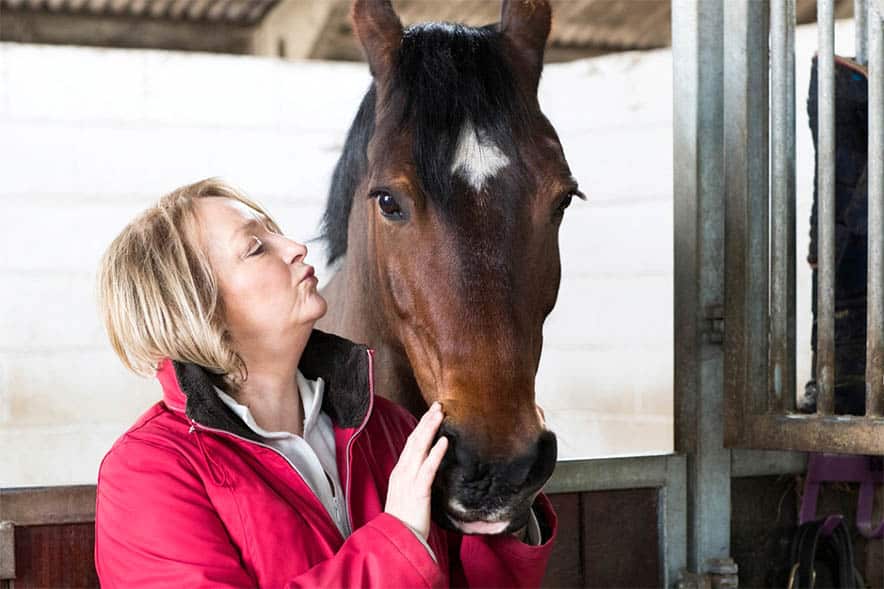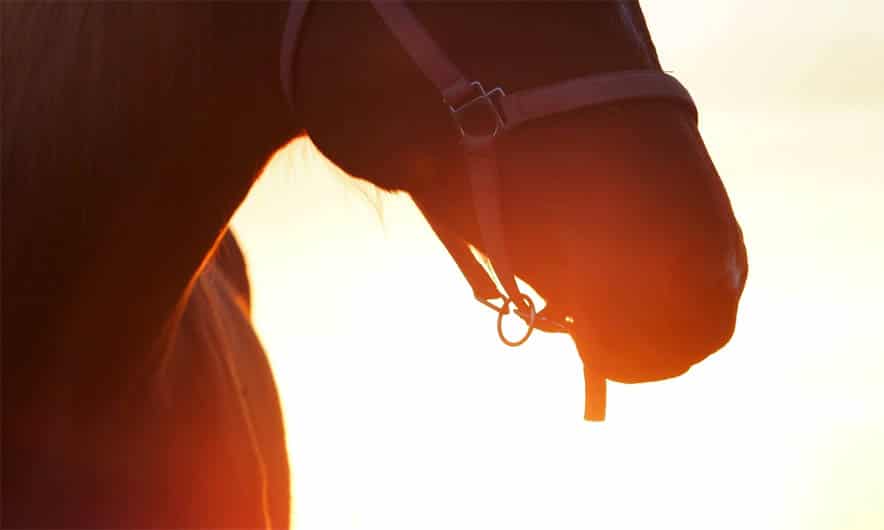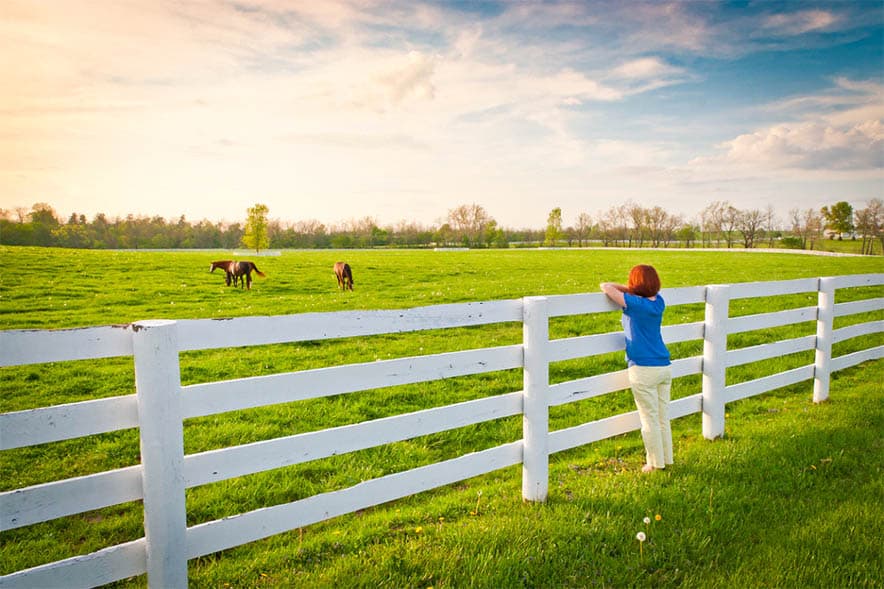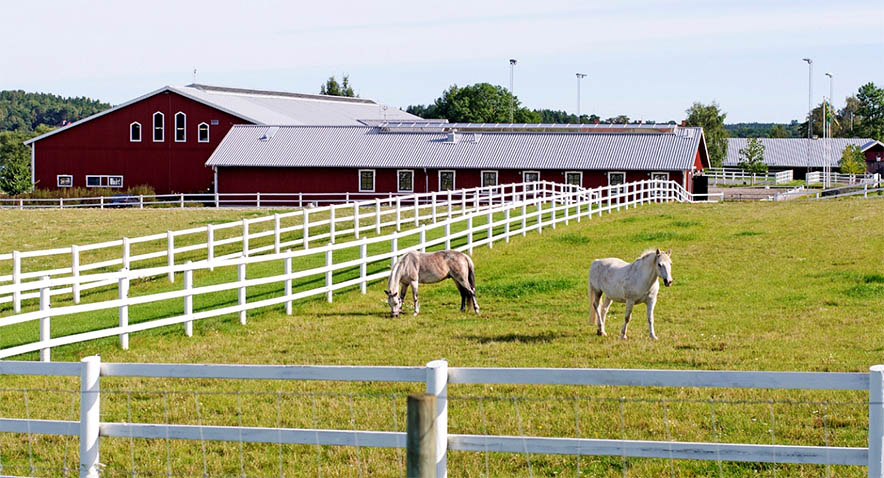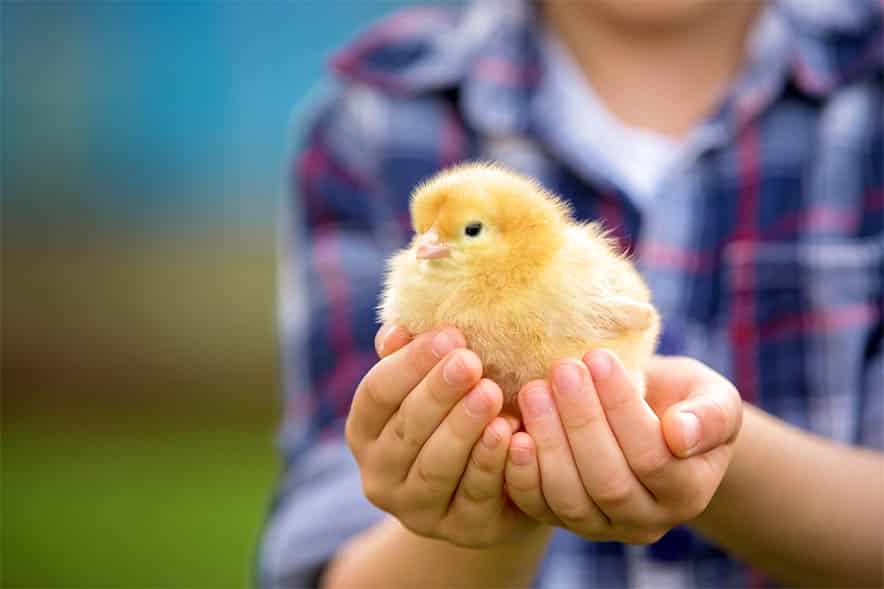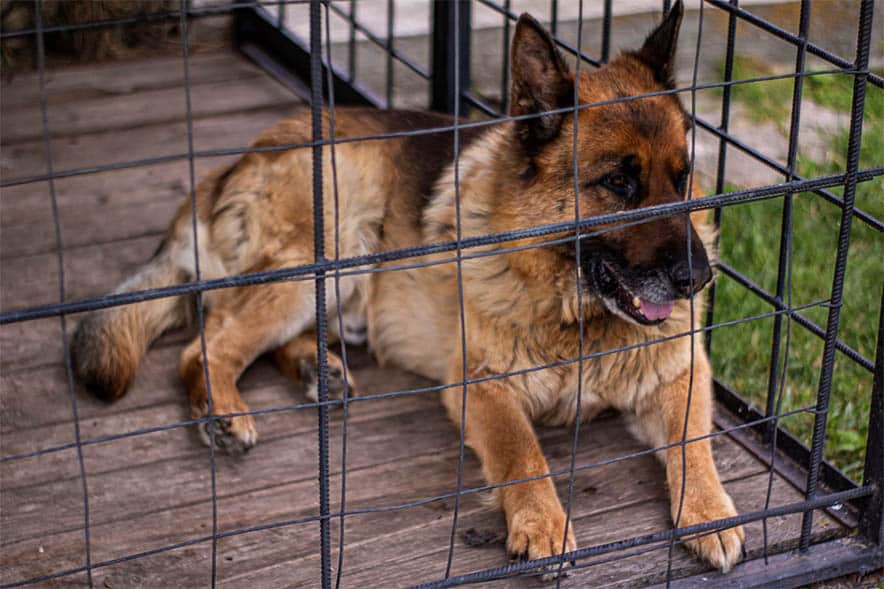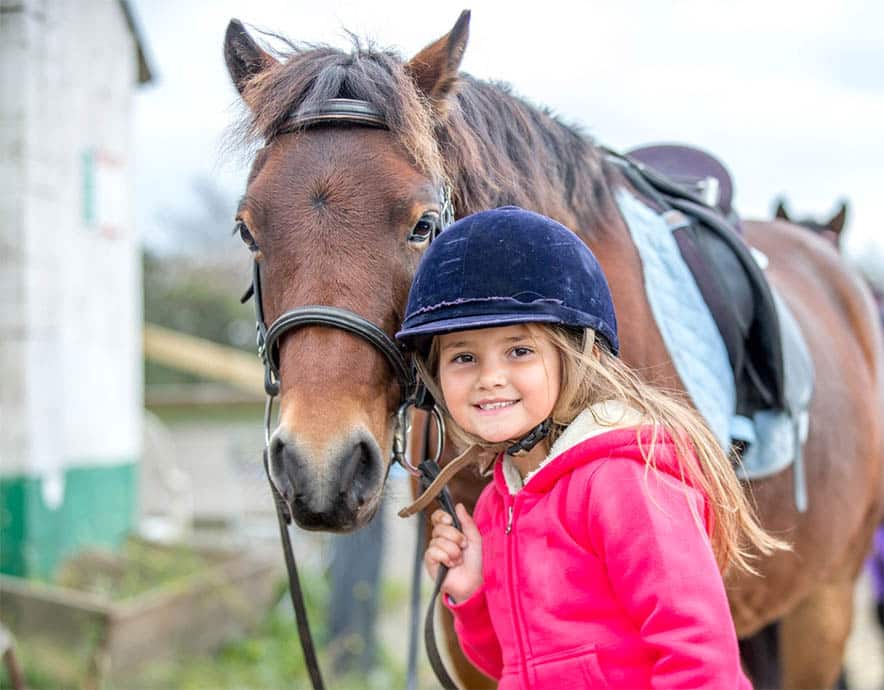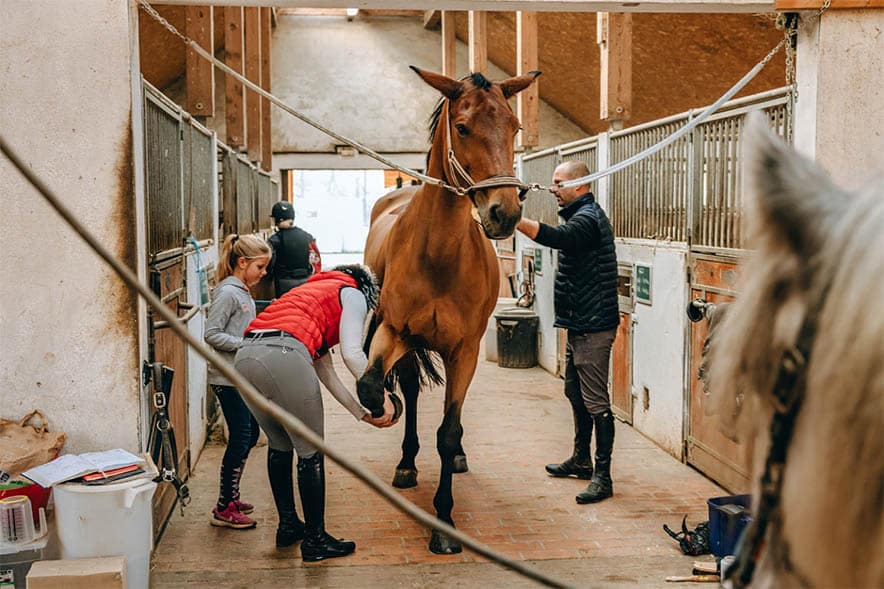The realization of a childhood dream to own horses and to keep them in your own backyard as a person in their ‘vintage’ years can make retirement a completely new fun chapter in your life
Continue readingOvercoming The Challenges of Moving Horse and Home
The minefield of decisions to be made for new horse housing and pasture set-ups can be difficult to navigate, especially if the move is to a new farm a significant distance away or one in a different climate.
Continue readingDoes Your Commercial Kennel Meet Minimum Licensing Standards and Does It Matter?
If you are contemplating opening a commercial kennel facility, be it for a veterinary clinic, canine rescue or a boarding or training business, it’s essential you know what’s required to meet code.
Continue readingGood Reasons Not to Brave the Weather When It Comes to Horse Care
Brutally cold or extremely hot temperatures and inclement weather conditions can inflict great suffering on horses that are left to their own devices in an open pasture.
Continue readingTo Fence or Not to Fence? That Is the Question
Fences and horses go together like peanut butter and jelly, and most horse owners are ardent believers and lovers of good fencing for their beloved equines. Here are some tips to help make the best decision for your individual needs.
Continue readingEasy Steps to Upgrade Your Horse Farm
Not everyone wants to acknowledge the reality that a well-maintained property will cost less in the long run to manage than one that is left to decline. Last minute fixes are usually much more expensive to do than making necessary repairs.
Continue readingChicks to Chickens – Learning Life Milestones and Handling Them Successfully
There are four major milestones between chick to chicken. It is a good idea to learn about each of them and the different breeds of chickens, as well as important key features of a coop design to best house them.
Continue readingThe Kennel – A Home from Home or a Prison
Whether you’re keeping a dog in the house or in a kennel full-time be mindful that each choice comes with its own set of pros and cons. A balance between the two is often overlooked as a viable alternative.
Continue readingYour Kids. My Barn.
The first few experiences between a child and an equine can be a make-or-break time as far as establishing a like or love for horses. Building confidence in the young rider is a cornerstone of building a successful training businesss.
Continue readingMethods To Enhance Revenue In A Horse Boarding Business
The creation of additional revenue streams is vital for the financial health of a horse barn boarding business. When planning a new horse barn there are many construction ideas that can maximize areas of profitability.
Continue reading

